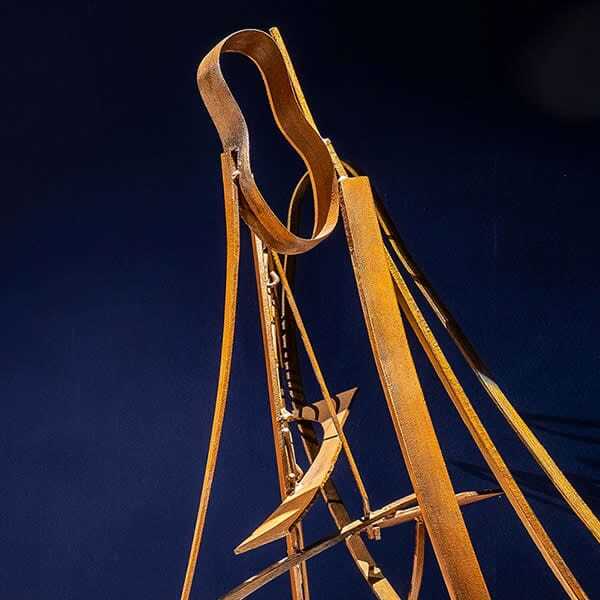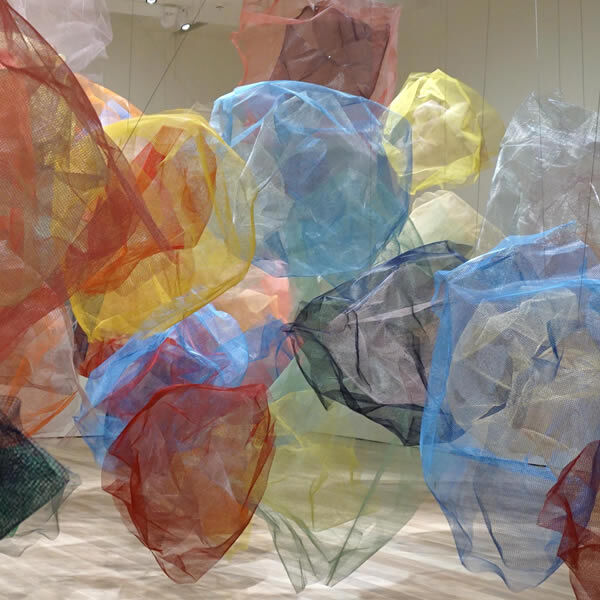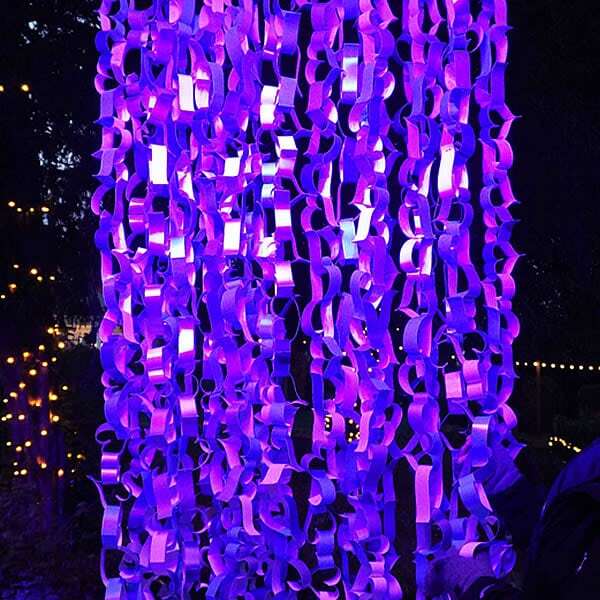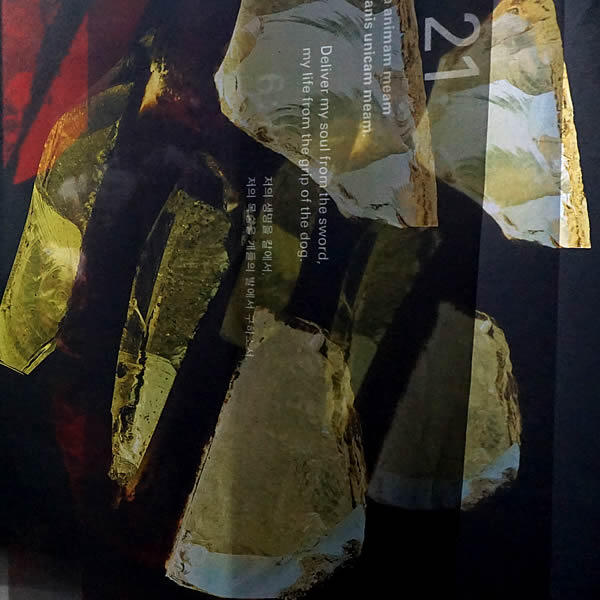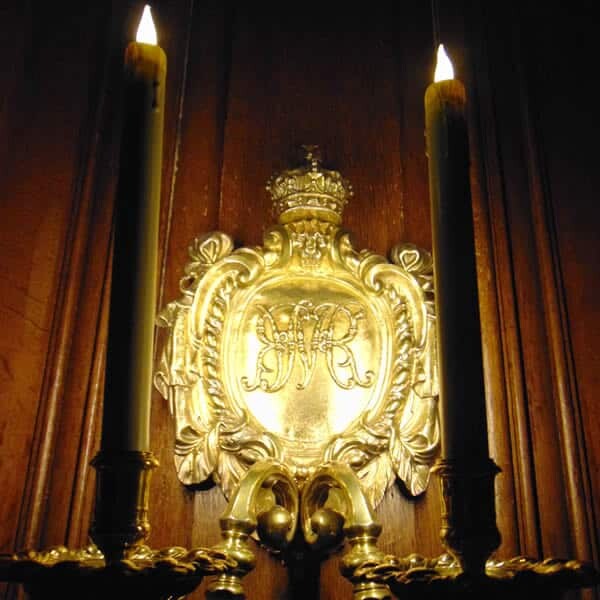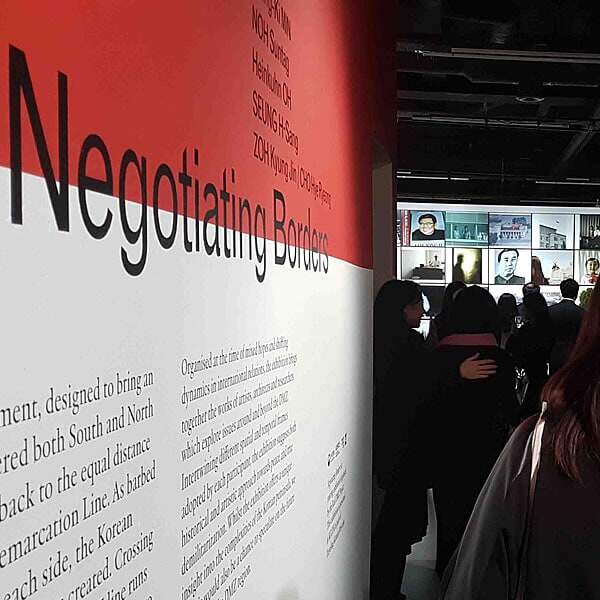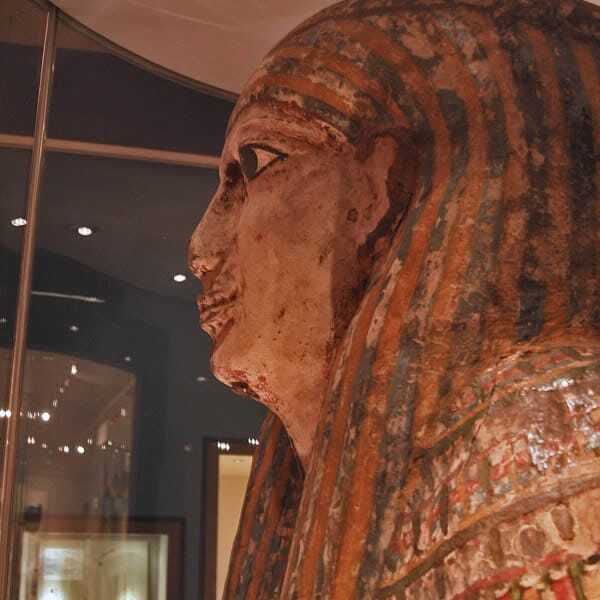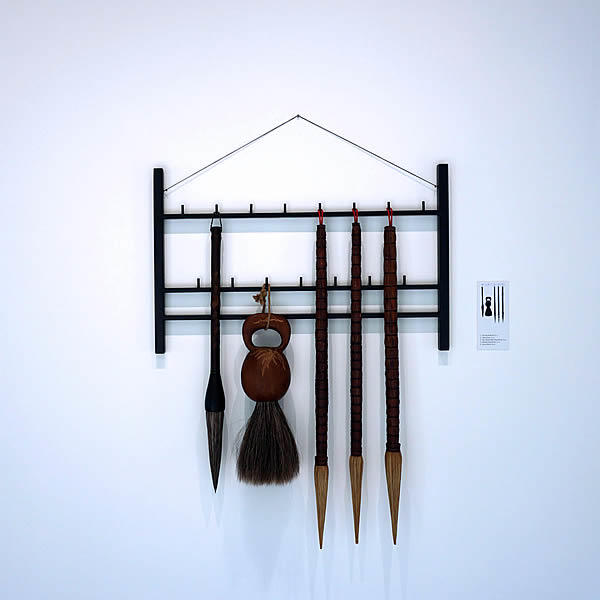PRESERVATION PRECISION
Conservation Lighting Design Solutions – A Light Study!

Part 2
Following on from last time without adopting conservation lighting, it is a one-way disappearing act!(Part 1), you will now have conducted a thorough light study of the space.
The first thing to realise is that the best conservation lighting solution would be a space or gallery with no daylight entering at all. This gives you control over a light level of nearly 0 lux. There will always be some light coming from fire exit signs and other sources.
So this is the perfect environment for conservation lighting, where you can precisely control the lighting levels. Nevertheless, this is not perfect for visitors who want to view the objects. When people are placed in excessively dark environments without daylight, their concentration and attention span suffer significantly. For certain situations, this is the only option and the price you must pay to see, for example, ancient papyrus scrolls.
If it is impossible to entirely black out the space, you must ensure that no light entering the area contains UV (ultraviolet) light, which is the most chemically destructive. To achieve this, UV filters and films are used on all windows, doors, and roof lights.
Conservation Lighting Design Solutions
Optical filters and films can be an excellent and economical solution to reduce the amount of excessive light, glare, and solar heat gain that enters a given space. These technologies can significantly help reduce the amount of infrared radiation that can be harmful to delicate artefacts, as well as lessen the harmful effects of visible light and glare that can damage materials or cause eye strain.
In certain situations, it may be necessary to display sensitive objects alongside others that can withstand high light levels. In such cases, the conservation lighting designer is essential in directing the fittings and preventing light from spilling over into unwanted areas. They must carefully regulate the level of light in the room to create a suitable environment for the objects while ensuring that the overall lighting design is aesthetically pleasing.
The process of light management is critical to preserving delicate objects. It involves understanding how long the object can be exposed to light before it becomes damaged. The basic answer to this question is to expose it for as little time as possible while still making it visible in a real-world setting. Determining the optimal amount of time to expose an object can be challenging, but by taking a careful and systematic approach, achieving the best possible results is possible.
The use of natural light in the environment adds a layer of complexity to light management. The constantly changing external environment makes it difficult to monitor the light levels in the room in real time, and conservation lighting designers must account for these changes to ensure that delicate objects do not become damaged. By paying close attention to the lighting details and carefully considering conservation, it is possible to create a more inviting and sustainable environment for the art and objects on display.
I can’t possibly list all of the possible conservation lighting design solutions or lighting guidance for light management here. It highly depends on a combination of factors, but I believe you get the picture. You can always contact one of our lighting designers for an initial lighting consultation, during which all of these issues can be discussed and, accordingly, a solution can be found.
More information on conservation lighting
Whether you have an irreplaceable master, a humble reproduced print or one of a plethora of textile items, if you do not control the light levels they are exposed to, they will fade in colour.

